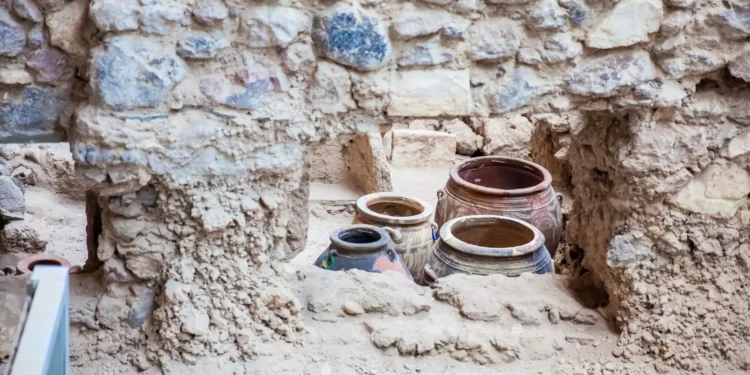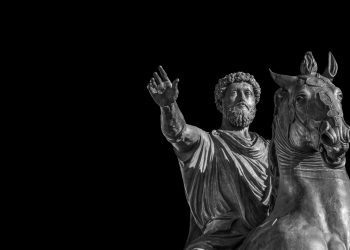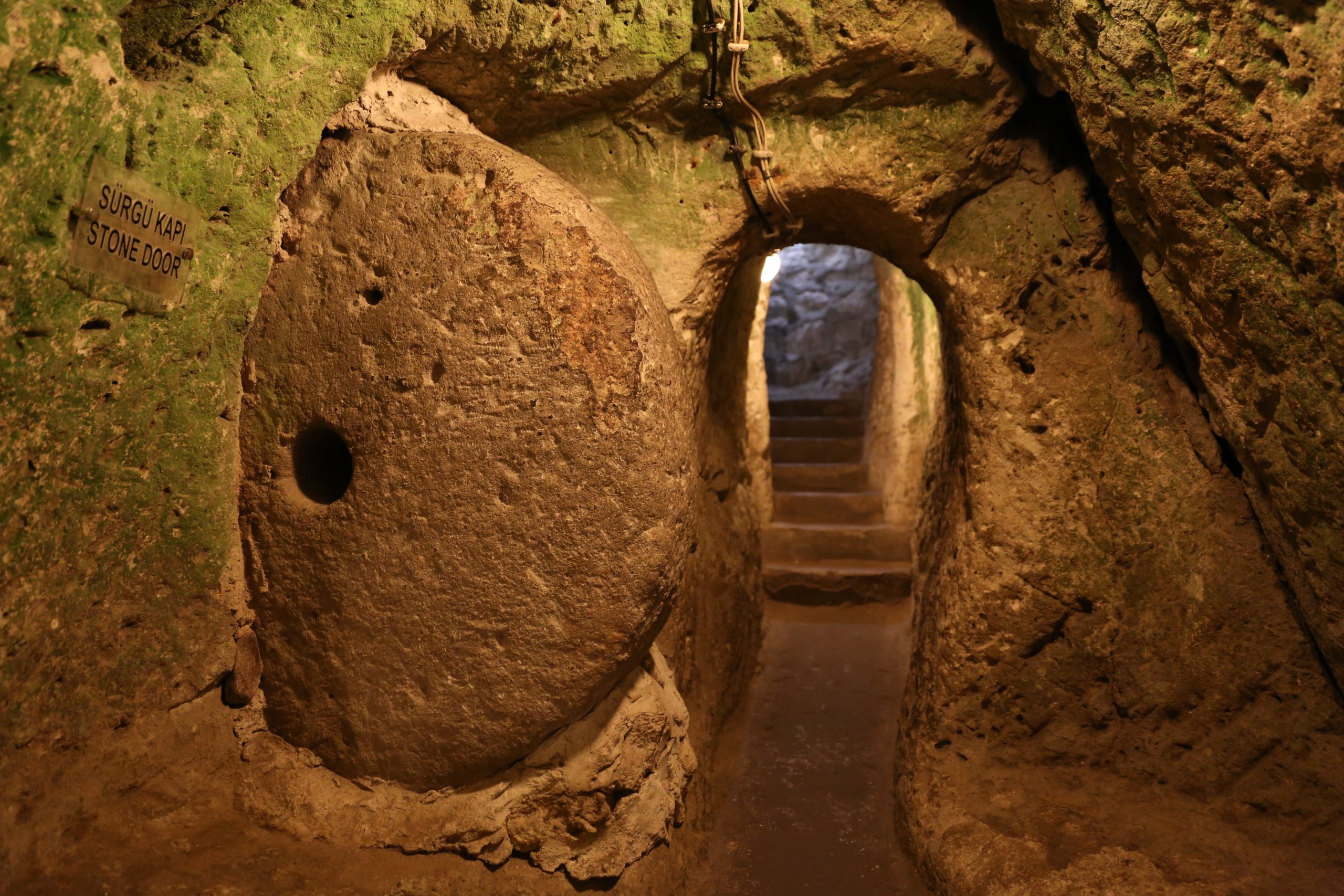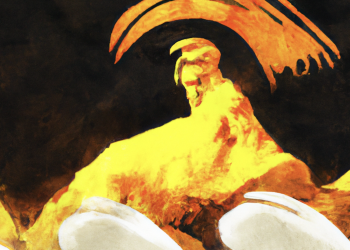Lost cities buried beneath volcanic rock are some of the most unusual discoveries in archaeology. They didn’t fall apart slowly. They didn’t fade over centuries. These cities were buried all at once, under ash, in the middle of ordinary life.
It’s easy to think of volcanoes only as forces of destruction. But sometimes, they do the opposite. When the ash settles fast enough, it seals everything in place. Streets, homes, tools, food, and even people stay right where they were.
Pompeii is the clearest example. But there are others too. These places show us more than ruins. They show how people really lived, in clear detail, just before it all ended.
Akrotiri: The Bronze Age city hidden beneath Santorini’s ash
Before Athens left its mark on the ancient world, another city stood quietly on the island of Thera. Known today as Akrotiri, it was a Minoan settlement with well-planned streets, multi-story buildings, running water, and walls covered in vivid frescoes. The paintings showed ships at sea, blooming plants, and people at festivals — scenes that suggest a society with comfort, order, and culture.
Then the volcano erupted. Around 1600 BCE, Thera collapsed in on itself. Ash and debris buried the entire city.
When archaeologists began excavating Akrotiri in the 20th century, they found something rare. The streets were still intact. Pottery stood where it had been left. Color remained on the walls. It looked as if the people had only just stepped outside.
No human remains were found, which suggests that residents may have fled before the eruption. But the silence left behind feels complete. Over time, the site sparked speculation that it might have influenced the story of Atlantis, a powerful city lost to disaster and time.
Even without the myth, Akrotiri stands as one of the clearest windows into Bronze Age life in the Aegean. It isn’t just preserved. It’s alive with detail.
Pompeii: Where Roman life was frozen at the moment of death
It started with a column of smoke rising over Mount Vesuvius. People watched it from the streets, not knowing what was coming. By nightfall, ash covered everything. In Pompeii, life was still moving, meals being prepared, families resting, and children playing in courtyards.
Some were sitting down to eat. Others were lying down to sleep. A few tried to run. The ash came quickly. It buried the city exactly as it had been.
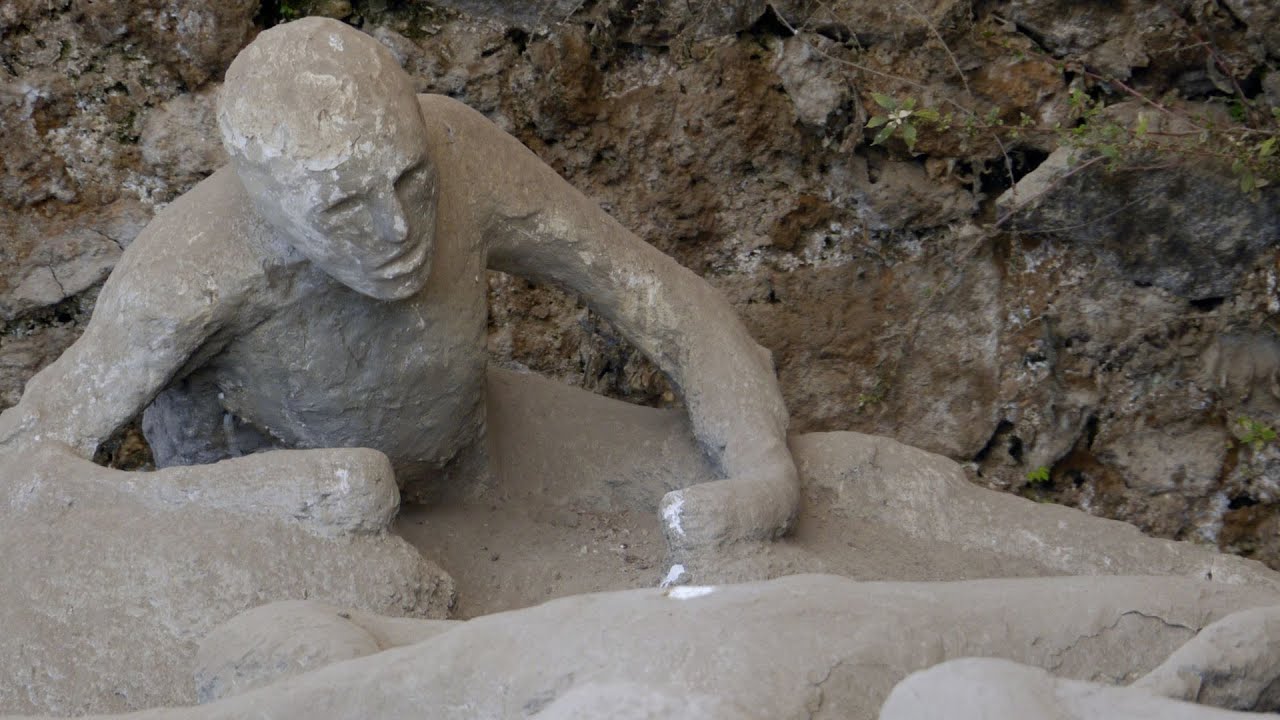
Seventeen centuries passed before Pompeii was seen again. When archaeologists began to dig, they didn’t just find ruins. They found a city that felt intact. Loaves of bread still sat in ovens. Graffiti still covered the walls. Shops, homes, and narrow alleys stood in place.
Even the people remained. You could see the folds in their clothing. In some cases, you could still see the looks on their faces.
Pompeii isn’t just a ruin. It’s a full snapshot of Roman life, caught in its final hours. This wasn’t the Rome of emperors or marble temples. It was a city of bakers, shopkeepers, children, workers. And every corner of it tells a story too ordinary — and too real — for a textbook to capture.
Ceren: A buried village that preserved the voices of everyday people
Most ancient sites focus on rulers, monuments, and warfare. Ceren tells a quieter story.
In what is now El Salvador, this small farming village was once part of a Maya-related culture. Around the year 600, a nearby volcano erupted without warning. Ash covered the village so quickly that it preserved almost everything exactly as it had been.
Archaeologists didn’t uncover palaces or royal tombs. They found homes, storage huts, planted fields, and tools left where they had last been used. Sleeping mats were still laid out. Food was still inside the cooking pots.
No human remains were found, which suggests the villagers had time to leave. What they left behind offers a rare and detailed view of everyday life.
Ceren was not a place of kings. It was a working community. The site shows how people cooked, stored food, built their homes, and farmed the land. It remains one of the few places in the Americas where the lives of ordinary people were preserved so completely.
Why volcanic eruptions can preserve what centuries usually destroy
Volcanic eruptions happen fast. Ash falls, roofs collapse, the sky turns dark, and towns disappear in a matter of hours. What starts as destruction can sometimes leave behind something else entirely.
When the ash settles quickly and thickly enough, it acts like a seal. It locks out air and moisture, which are the main forces behind decay. That’s why things like wood, food, fabric, plants, and even footprints can survive for thousands of years.
This is what makes cities buried by volcanic eruptions so different from most archaeological sites. In most places, time works slowly, wearing everything down. Walls collapse. Objects break apart or go missing. Organic materials rot away.
But in places like Pompeii or Akrotiri, everything stays where it was. Walls still stand. Food is still in the oven. Tools are still beside the people who used them. These are not just ruins. They are preserved spaces. Rooms, streets, and homes. They show us what life looked like on the day everything stopped.
They don’t just tell us what people built. They show us what people were doing.
What these buried cities still reveal about us
The lost cities buried beneath volcanic rock were not just preserved. They were paused.
The people who lived in them had no idea their final moments would be sealed in ash and rediscovered centuries later. But here they are, almost untouched, in ways that history rarely allows.
We don’t just find buildings or tools. We find meals left half-finished. Sleeping mats still in place. Homes arranged with care. We see what people took with them, and what they left behind. These are details we almost never get to see, and they make the past feel immediate.
But these discoveries also raise difficult questions. What does it mean to dig up the past when it includes real human lives? Should the remains of those who died be put on display? Who gets to decide how their stories are told?
Everything we build fades eventually. Cities fall. Habits change. Memory slips away. Unless something holds it in place. Civilizations come and go. History is clear about that.
These cities became more than anyone ever intended. They were sealed, protected, and passed on. Not through writing or monuments, but through layers of ash and centuries of silence. And in that silence, they still speak.



